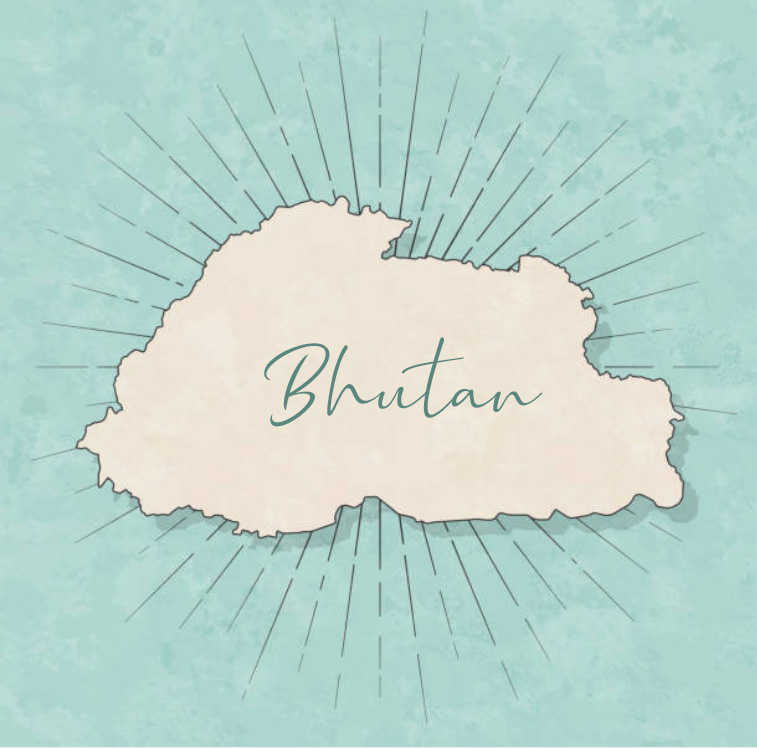Travel to Bhutan
Bhutan, a Buddhist kingdom on the Himalayas’ eastern edge, is known for its monasteries, fortresses (or dzongs) and dramatic landscapes that range from subtropical plains to steep mountains and valleys. In the High Himalayas, peaks such as 7,326m Jomolhari are popular trekking destinations. Paro Taktsang monastery (also known as Tiger’s Nest) clings to cliffs above the forested Paro Valley. To add to Gross National Happiness index, environmental protection goes hand in hand with cultural preservation in Bhutan. According to the country’s law, 60% land must remain forested for all future generations. Not only is Bhutan carbon neutral, but it actually absorbs more carbon than it emits! For the visitor, this translates into lovely forest hikes and superb birding across a chain of national parks. Whether you are spotting takins or blue poppies, trekking beneath 7000m peaks or strolling across hillsides ablaze with spring rhododendron blooms, Bhutan offers one of the last pristine pockets in the entire Himalaya.

You will fall in love with the last Shangri-La, Bhutan – the only country in the world to measure its success in units of happiness (GNH – Gross National Happiness Index). Gross National Happiness is a developing philosophy as well as an “index” which is used to measure the collective happiness in any specific nation. The concept was first mentioned in the Constitution of Bhutan, which was enacted on 18 July 2008. The GNH’s central tenets are: “sustainable & equitable socio-economic development, environmental conservation, preservation & promotion of culture and good governance”.

